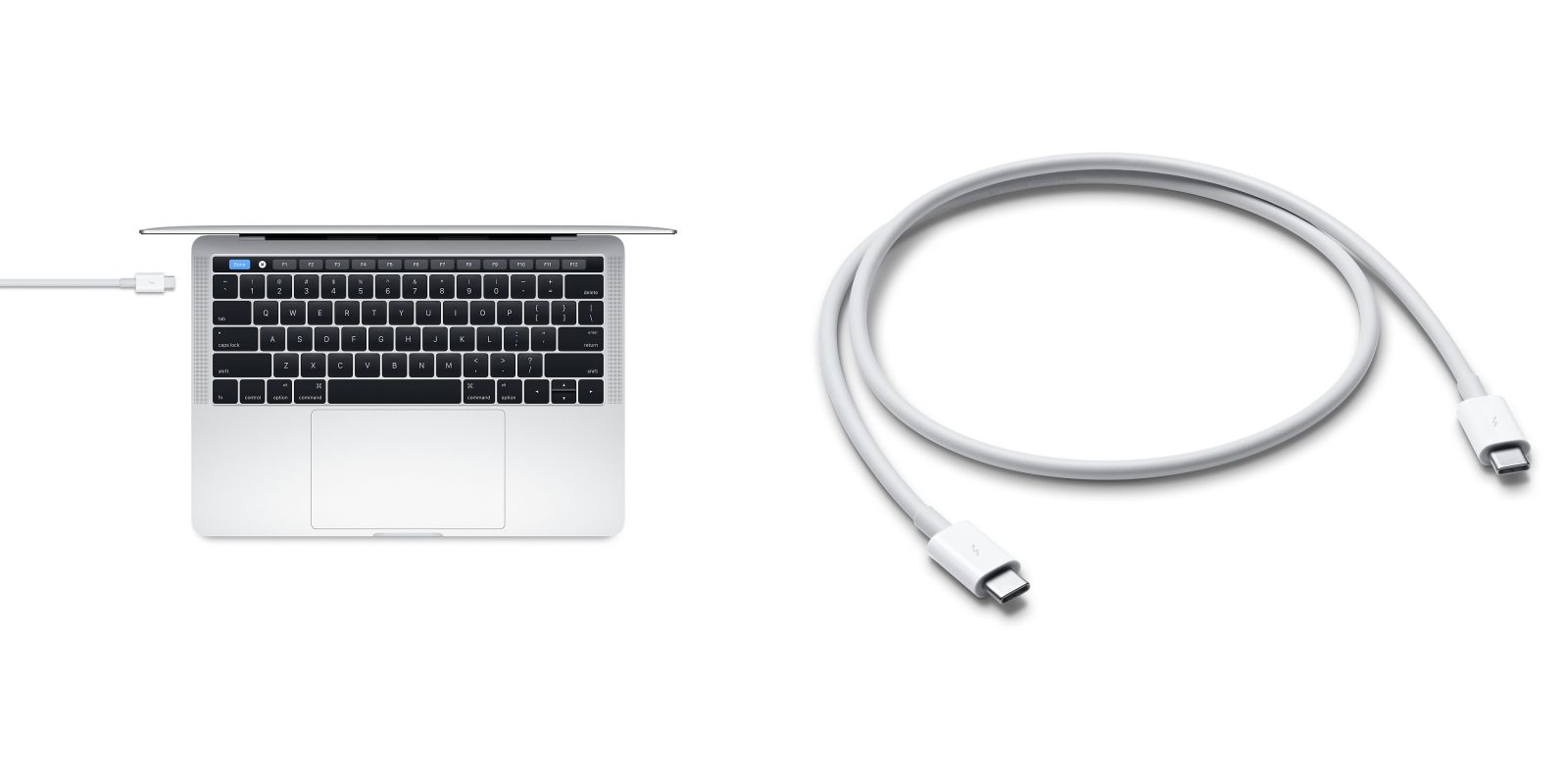Thunderbolt is the brand name of a hardware interface standard developed by Intel (in collaboration with Apple) that allows the connection of external peripherals to a computer. Thunderbolt 1 and 2 use the same connector as Mini DisplayPort (MDP), whereas Thunderbolt 3 uses USB-C. It was initially developed and marketed under the name Light Peak, and first sold as part of a consumer product on 24 February 2011. Thunderbolt combines PCI Express (PCIe) and DisplayPort (DP) into two serial signals and additionally provides DC power, all in one cable. Up to six peripherals may be supported by one connector through various topologies.

Thunderbolt controllers multiplex one or more individual data lanes from connected PCIe and DisplayPort devices for transmission via two duplex Thunderbolt lanes, then de-multiplex them for use by PCIe and DisplayPort devices on the other end. A single Thunderbolt port supports up to six Thunderbolt devices via hubs or daisy chains; as many of these as the host has DP sources may be Thunderbolt monitors. A single Mini DisplayPort monitor or other device of any kind may be connected directly or at the very end of the chain. Thunderbolt is interoperable with DP-1.1a compatible devices. When connected to a DP-compatible device, the Thunderbolt port can provide a native DisplayPort signal with four lanes of output data at no more than 5.4 Gbit/s per Thunderbolt lane. When connected to a Thunderbolt device, the per-lane data rate becomes 10 Gbit/s and the four Thunderbolt lanes are configured as two duplex lanes, each 10 Gbit/s comprising one lane of input and one lane of output.
Thunderbolt can be implemented on PCIe graphics cards, which have access to DisplayPort data and PCIe connectivity, or on the motherboard of new computers with onboard videos, such as the MacBook Air. The interface was originally intended to run exclusively on an optical physical layer using components and flexible optical fiber cabling developed by Intel partners and at Intel’s Silicon Photonics lab. It was initially marketed under the name Light Peak, and after 2011 as Silicon Photonics Link. However, it was discovered that conventional copper wiring could furnish the desired 10 Gbit/s per channel at a lower cost. This copper-based version of the Light Peak concept was co-developed by Apple and Intel. Apple registered Thunderbolt as a trademark but later transferred the mark to Intel, which held overriding intellectual-property rights. Thunderbolt was commercially introduced on Apple’s 2011 MacBook Pro, using the same Apple-developed connector as Mini DisplayPort, which is electrically identical to DisplayPort but uses a smaller, non-locking connector. Sumitomo Electric Industries started selling up to 30-metre-long (100-foot) optical Thunderbolt cables in Japan in January 2013, and Corning, Inc., began selling up to 60-metre-long (200-foot) optical cables in the U.S. in late September 2013.
